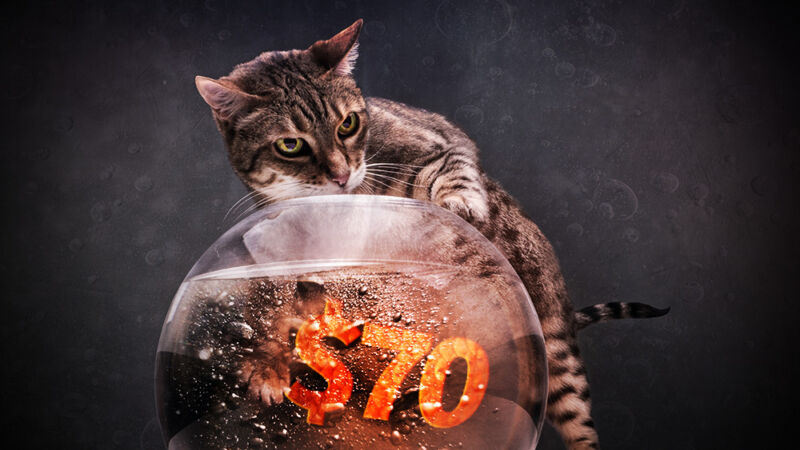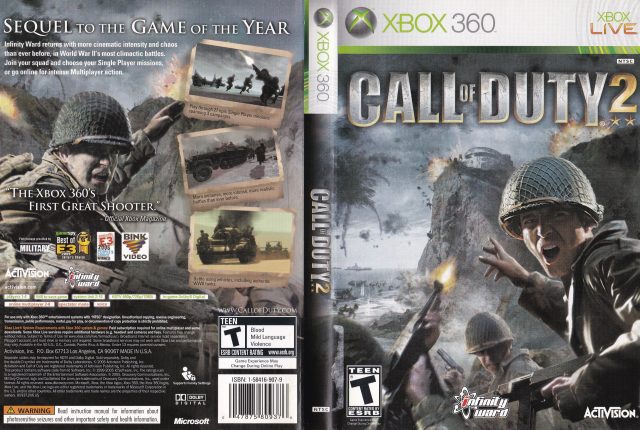Can $70 games succeed in a subscription-filled, free-to-play world?
[ad_1]

Last July, Take-Two announced that NBA 2K21 would be the first game to ask $70 for the standard edition on “next-generation” systems (i.e., PlayStation 5 and Xbox Series S/X). Last week, Take-Two CEO Strauss Zelnick doubled down on that decision, saying the market was ready for an increase in gaming’s de facto price ceiling.
“We announced a $70 price point for NBA 2K21, our view was that we’re offering an array of extraordinary experiences, lots of replayability, and the last time there was a frontline price increase in the US was 2005, 2006, so we think consumers were ready for it,” Zelnick said at the Morgan Stanley Technology, Media & Telecom Conference (as transcribed by Video Games Chronicle).
That’s not all that surprising, considering the source of the quote. But we shouldn’t have to take his word for it. Four months have passed since NBA 2K21 launched on new consoles, and six months have passed since it launched at a lower $60 price point on the PS4 and Xbox One. That should be enough time to determine whether players at large were willing to spend extra money on a big-name “next-gen” experience and whether Take-Two’s pricing experiment is worth repeating, right?
As it turns out, answering those question isn’t so simple at this point.
Ask again later…
A large part of the problem with analyzing NBA 2K21‘s $70 price point is that the game was also available in a $100 “Mamba Forever Edition.” That special edition included both the last-generation version of the game and an upgrade to a new-generation version, as well as a number of digital freebies.
“Many people who bought last-gen versions of games are now playing them on their new consoles having upgraded the game [through the Mamba Forever Edition],” NPD video game-market analyst Mat Piscatella tells Ars Technica. “However, the original sale is still allocated to the old-gen version. I’m not even reporting platform splits, tie ratios, or attach rates for these new consoles because these data points are not currently reliable.”
Another problem, Piscatella says, is the small sample size. After NBA 2K11 very publicly moved to $70, only a few other major franchises followed suit, including Activision’s Call of Duty Black Ops: Cold War and a handful of first-party PlayStation 5 exclusives. Most other major publishers stayed at $60 for this holiday season, including many that offered free new-generation upgrades to players who bought games on older consoles, further complicating any comparisons.
It’s even hard to judge any of those new titles against expectations so far, Piscatella says, in part because supplies of the PS5 and Xbox Series X/S have been heavily constrained well into the new year. “Given the small sample size and challenges around upgrade versions and restrained hardware supply the data doesn’t suggest a particular answer yet,” Piscatella said.
The lessons of history
Things shook out a lot more clearly the last time console-game prices saw a significant cross-generational increase. Back in late 2005, it was Activision breaking through gaming’s then-$50 price ceiling, asking $60 for Call of Duty 2 on the then-brand-new Xbox 360. The increase was even more notable given that Activision had charged $50 for the PC version it had launched a month earlier.
Unlike today’s price bump, though, 2005’s price increase was an immediate and unmistakable success. In December, IGN cited NPD data showing that a whopping 77 percent of Xbox 360 owners had purchased Call of Duty 2, even at the increased price. With a strong showing like that, it’s no wonder that every other major publisher felt comfortable following suit within a few months.

“They were selling so many copies of Call of Duty 2 at $60 that the rest of the industry was like, ‘Well, hell, if it’s going to be 60 bucks, let’s go to 60 bucks,'” Piscatella told The Ringer.
Thanks to inflation, of course, a game worth $60 in late 2005 would be worth over $78 in late 2020 dollars (according to the BLS inflation calculator). But inflation aside, the industry has undergone plenty of changes that might make a higher price point harder to swallow these days.
“There is much more [price] variability across the board than in prior gen launches, plenty of games releasing at all types of price points,” Piscatella points out. “In prior [console] generations, we’d basically have 2 price points maybe.”
Then there’s the rise of subscriptions to consider. On Xbox platforms, for instance, Wedbush Morgan analyst Michael Pachter tells Ars that new software sales are down generally “because 50 percent or more of new Xbox owners subscribe to Game Pass, and they are at 18 million subscriptions.” It’s too early to know if those subscription gamers will be significantly less willing to pick up a major game at a $70 price point, Pachter said.
-
$34.99 for Centipede on the Atari 2600 might sound cheap, but that 1983 price is the equivalent of roughly $90 today.
-
Check out the premium pricing for Zelda titles above other NES games in the 1988 Sears catalog.
-
If you wanted Streets of Rage 2 from Electronics Boutique in 1993, you’d better have been ready to pay extra.
-
$70 was a common price for N64 software, and that was in 1997 dollars!
-
By 2008, top-end disc-based prices had settled to the current standard of $59.99.
A higher initial price point might also make less sense for games that make much of their money from post-launch microtransactions. A big-name game like FIFA might make more initial revenue from a $70 price point, for instance, but that could still hurt EA if “it impacts follow-on revenue from in-app spend,” Pachter said.
Looking to the future
The real proof of whether $70 pricing is here to stay will come later this year. By then, the market as a whole will be able to digest how the current crop of $70 games has generally performed versus expectations. If they do well, you can expect to see a good number of copycats in the fall, Pachter said.
Even then, though, Pachter sees the $70 price point being more of a “game-by-game decision” than a new de facto standard for all big-budget games. “People will pay [$70] for some games, [but I’m] not sure if they will for every game,” he said. “Most publishers will watch and see what Take-Two does and whether it works.” And even Take-Two’s Zelnick has said that $70 pricing will be on a “title-by-title basis.”
Piscatella agreed that “price sensitivities are evolved” these days and that a $70 price point won’t work for every big-name title. “My hypothesis is that the biggest franchises that drive the highest demand should have no big hurdles with that $70 base price point… and many will choose even higher-priced versions with additional content,” Piscatella said. In the end, though, “it’s all about the individual game.”
[ad_2]
Source link




